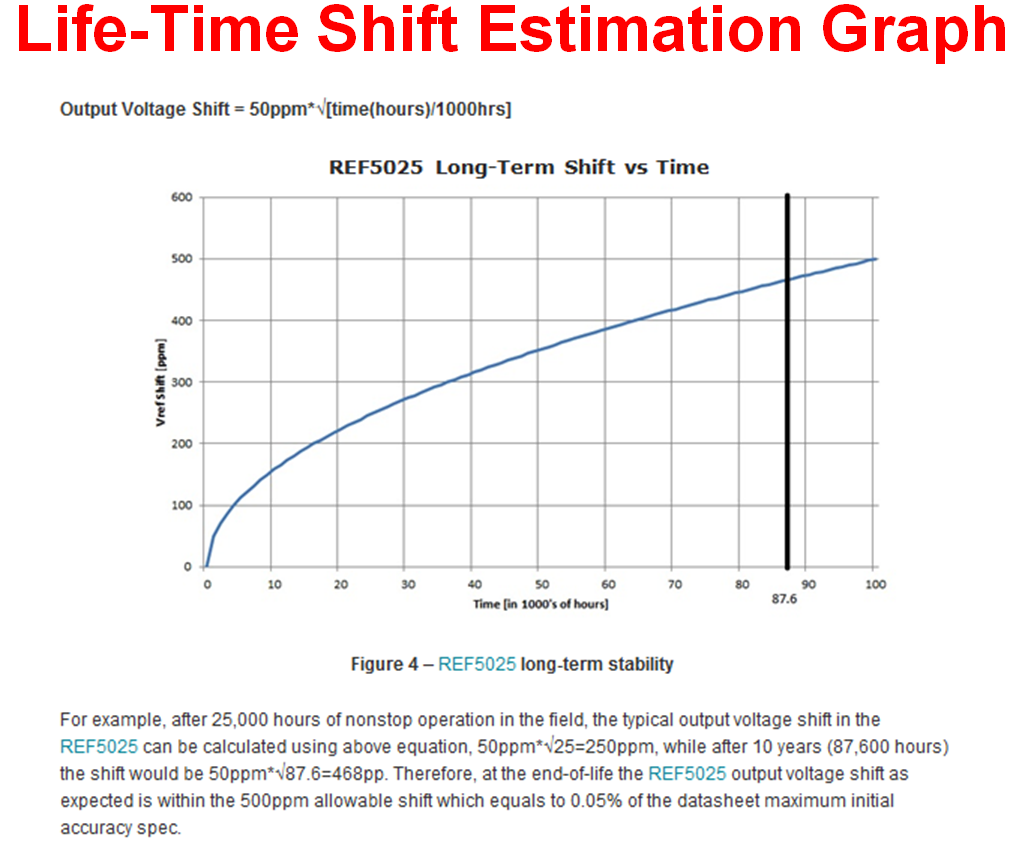Using the OPA548 and trying to determine if a set current limit output will drift with aging. I understand the limit is set via an external resistor and that resistor can drift over time causing the current limit to change. But does the internal current limit circuity of the op amp have any drift potential with aging? If it does, is there a chart showing what the expected drift could be over a 25 year period?
-
Ask a related question
What is a related question?A related question is a question created from another question. When the related question is created, it will be automatically linked to the original question.


